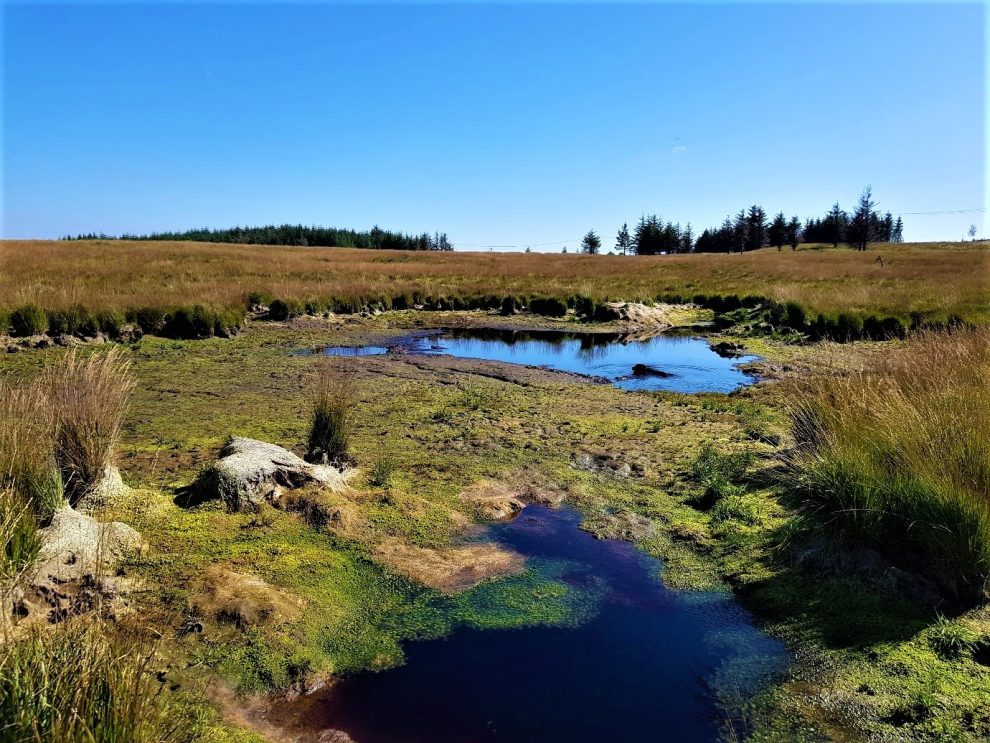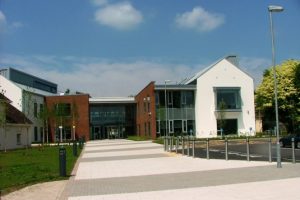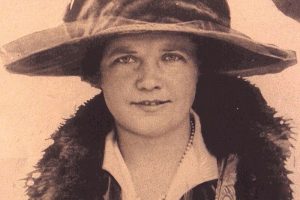A MAJOR peatland site the size of 70 rugby pitches has been restored in Neath Port Talbot as part of The Lost Peatlands of South Wales project.
The scheme which was funded by the Heritage Lottery Fund, has seen an area of peatland in Glyncorrwg brought back to life following a year of work.
It was started last February with the aim of restoring the 50-hectare section of land which had been degraded and drained for commercial forestry, and agricultural purposes over the years, particularly in the wake of the Second World War when there was a need for extra timber production across the country.
The site is joined by other peatland areas across the uplands of the Afan and Rhondda valleys, with the restoration work carried out as part of a joint effort between Neath Port Talbot and Rhondda Cynon Taf Councils, as well as Natural Resources Wales, Swansea University, and Coed Lleol.
A council spokesperson said: “Peatlands, also known as bogs or mires, play a crucial role in environmental protection and combating climate change. In good condition, peatlands can act as giant sponges, absorbing and storing large amounts of carbon dioxide from the atmosphere.
“They also provide a home to endangered plants and animals, help prevent flooding downstream by retaining water, and can help reduce the spread of mountain wildfires. There are many ways to restore a peatland, with most techniques involving the blocking of drainage channels or areas of surface run-off.
“This is done by creating dams using peat or through the use of timber. There is then a need to smooth the area left after forested sites are clear-felled, where the remaining stumps are flipped upside down and pushed back into the peat.”
Councillor Jeremy Hurley added: “Preventing further damage and restoring healthy ecosystems such as peatlands is an example of how our council’s DARE – De-carbonisation and Renewable Energy – strategy, is helping to tackle climate change head-on.
“Through restoring these eco systems, we are not only supporting nature’s resilience against the impacts of global warming but also creating thriving habitats and natural flood defences.”

















